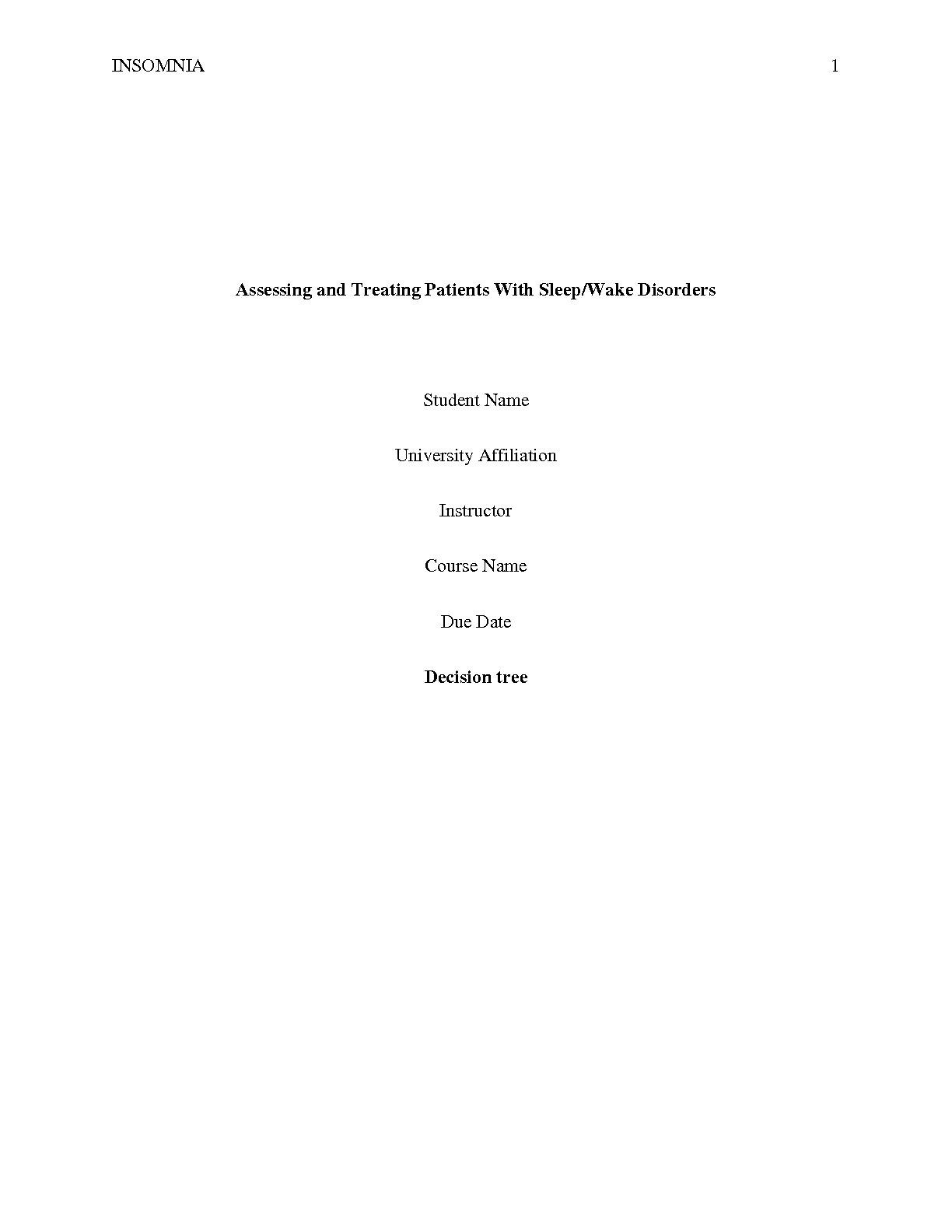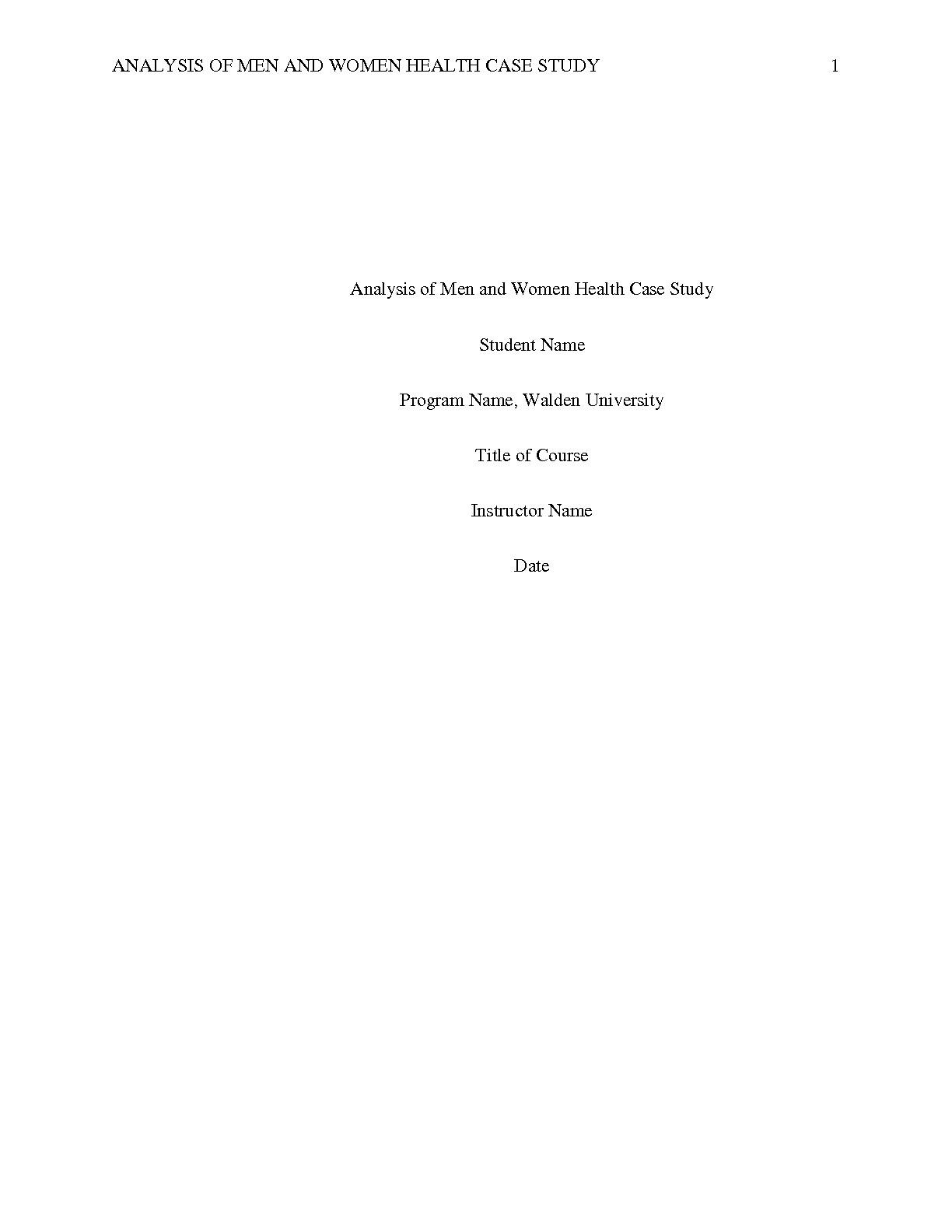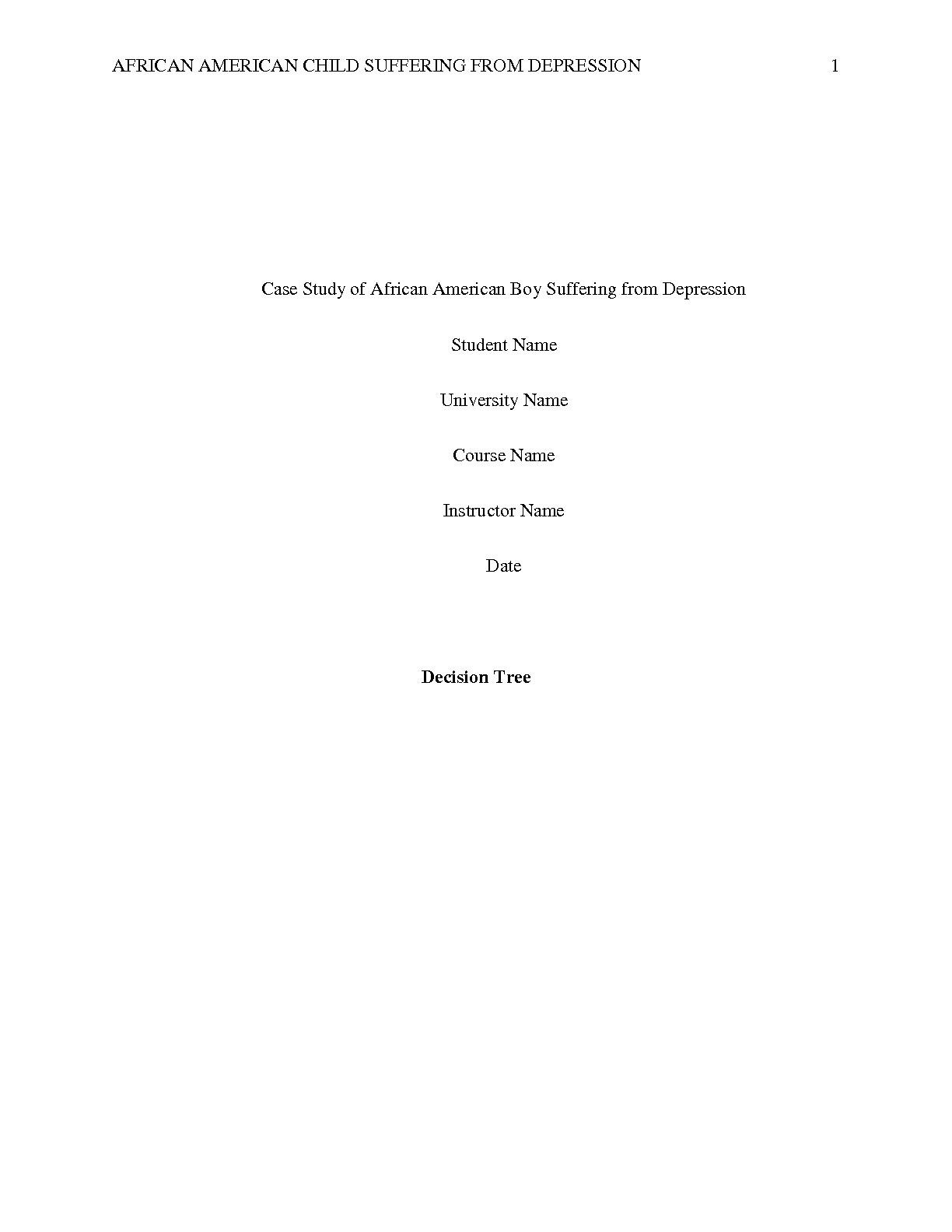Nursing> > Case Study of African American Boy Suffering from Depression
Case Study of African American Boy Suffering from Depression
The eight-year-old African American boy and his mother reported the same depression symptoms when they arrived at the emergency department. The diagnosis of depression was achieved after an in-depth medical assessment that ruled out medical illnesses and a mental status examination that ruled out the possible development of other psychiatric dis-orders. The severity determination was then reached by analyzing the Children's Depression Scale, which showed a severe depression (Poznanski, & Mokros, 1996). This paper aims at analyzing symptoms given by the child and his mother and contributing to three ideal options in relation to the pharmaceutical treatment and management of child diagnosed with depression. It will examine the choices, the reasons, objectives and gaps between expectations and real results. ... [Show More]Last updated: 1 year ago
Preview 1 out of 5 pages
Related documents

Assessing and Treating Patients With Sleep/Wake Disorders
A 31-year-old male patient is the focus of the current case study because he has trouble falling asleep and staying asleep. It's been approximately six months since the patient lost her fiancé, and he's having trouble going asleep. But the problem does not end there. The patient claims to have fell asleep in the middle of the day at work. When he unintentionally injured his knee, he became addicted to opioids, according to his medical history. In addition, the patient admits to regularly consuming alcohol before going to bed in order to enable him sleep. Previously, the patient tried a number of sleep aids but was miserable as a result of the side effects. No hallucinations have been reported by the patient. The man also says he has never had suicidal or homicidal thoughts. He appears alert and focused, according to the results of the mental examination. He's dressed appropriately and is at the proper location, at the correct time, for the correct event.

Medical Analysis of Women with Bipolar
Our case study subject is a 26-year-old female with an acute onset of mania who needed hospitalization who appears to fit this description. The patient is conscious and alert of the environment, including people, places, times, and events. She's dressed strangely for her appointment, since she's wearing what seems like an evening gown. Speech is short, strained, and disjointed. Mood assessment indicates euthymic feelings. The patient denies experiencing visual or auditory hallucinations, and there are no obvious signs of delusional or paranoid thinking. The ability to make sound judgments is still intact, but insight has been severely hampered. She denies having suicidal or homicidal thoughts at this time. She scores 22 points on the Young Mania Rating Scale (YMRS). Many people with mental illness are stigmatized, which increases the severity of their illness and limits their capacity to function normally in society and at work. There are several elements that might affect the patient's pharmokinetic and pharmacodynamic processes. These factors will be compared to the recommendations offered in each scenario, as well as the ethical implications of therapy.

Assessing and Treating Patients With Impulsivity, Compulsivity, and Addiction
A 53-year-old Puerto Rican woman is the focus of this article's case study since she has a "unwelcome problem" with alcoholic addiction. After her father's death, she recalls, she began drinking heavily at the age of twenty. Since the opening of a casino near her house two years ago, the patient has been unable to quit drinking because of her struggle with gambling addiction, which has been much more difficult due to her efforts to stop drinking alcohol (Kelly, & Renner, 2016). The aim of this case study is to demonstrate how pharmacokinetics and pharmakodynamics and the ethical and legal consequences of the prescription of therapy for individuals with impulsivity, compulsivity, and addiction are examined and created (Kelly, & Renner, 2016).

Analysis of a Man and Woman Health Case Study
The following case study will analyze the health of a woman and man: A 32-year-old female comes to ED with primary complaint of fever, chills, nausea, vomiting, and vaginal discharge. She says the symptoms began approximately three days ago, but she believed she had the flu. LLQ discomfort and bilateral lower back pain signs have started. She says there is no dysuria, frequency of urinating or with bad smell. She is married and has had intercourse with her husband. PMH is negative. This study discusses fertility variables. The study explains why STD/PID increases inflammatory markers. This article will explain why prostatitis and infection occur. It will discuss anemia and various anemia forms. The study aims at analyzing the case study mentioned above and discussing the health of women and men with infections and hematological diseases.

